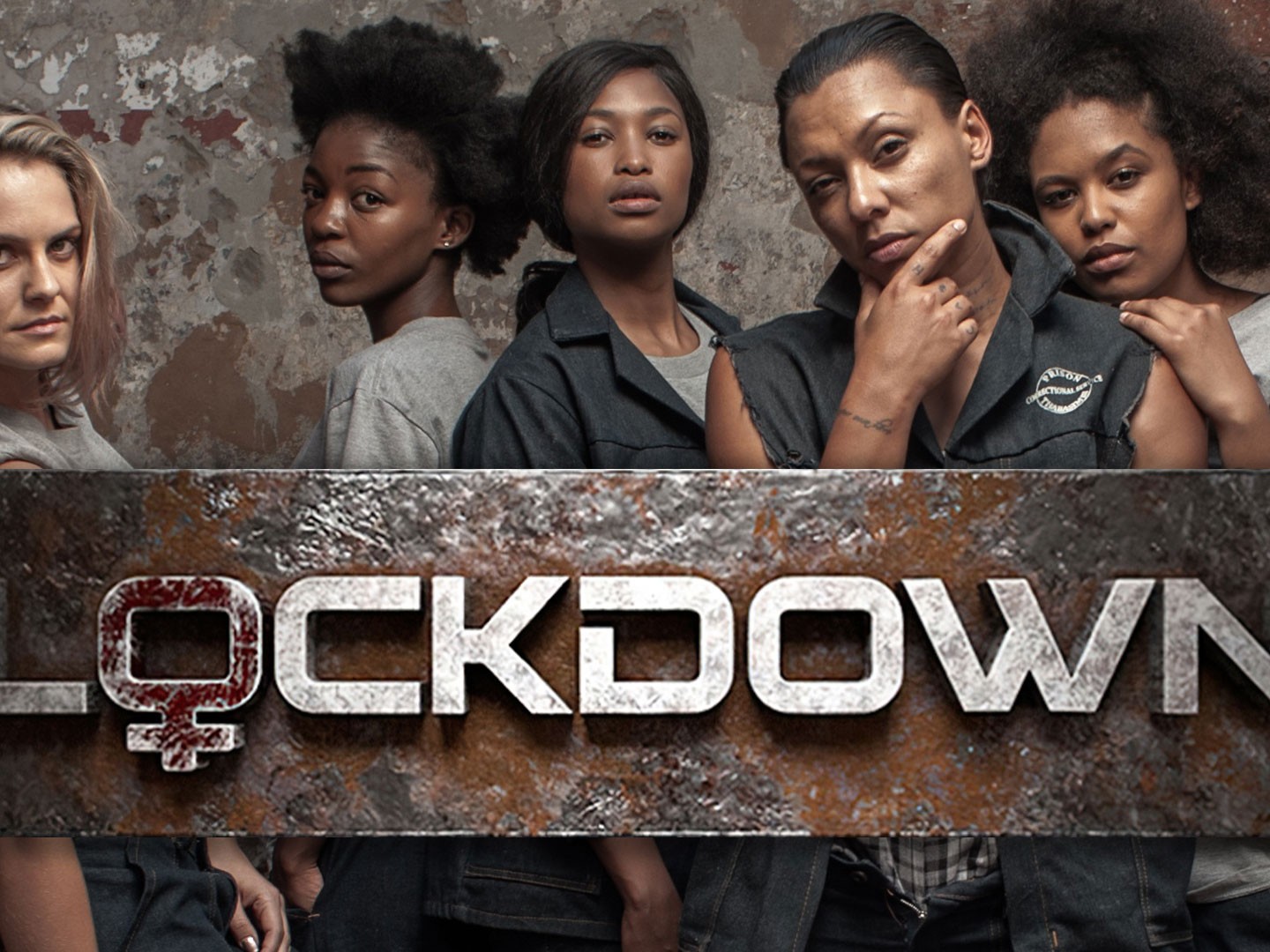Share this!
SVOD Services | What is SVOD?
Remember Blockbuster videos? It sounds like an antiquated concept, but there are few people over 30 years old who do not remember popping into a Blockbuster video store to rent a VHS copy of Home Alone and settling in to watch a movie on your tube television.
As everybody knows, technology is changing our world and television has been irreversibly altered by video on demand services. Netflix, for example, lets you not only rent movies over the internet but also TV shows, and this service has become phenomenally popular among the masses.
Blockbuster Video used to have 9 000 stores across the globe, but today there are only a dozen of them left in the United States. The majority of the Blockbuster video stores that are left are based in Alaska and the reason for this is largely due to the poor internet penetration in this state.
Netflix on Demand
The American Netflix has the largest selection of content, but they do not always necessarily get access to the content first. Canadian Netflix users, for example, were able to watch the Hunger Games movie almost a full year before American Netflix users were able to watch the movie. How quickly a country gets access to content all depends on the respective licensing deals.
SVOD Netflix
Netflix is a subscription video on demand service that has pulled the rug out from under thousands of brick-and-mortar video stores. During peak periods, Netflix accounts for over a third of all downstream internet traffic in the US alone. But exactly how do they fling videos to so many people at once? Do they just have one giant server farm that constantly pours episodes of Friends and Family Guy onto the internet? No, not exactly.
Like many other large sites focused on media delivery, Netflix uses a content delivery network to store and transmit movies and TV shows. Although Netflix’s media library can fit on a few servers in a single building, there are some problems with this approach. For instance:
- Locations far from this facility would suffer from high latency, which is not what you want for streaming video.
- Secondly, this architecture would lead to a huge bottleneck because there does not exist a single connection that is that fast. And if it did, it would be astronomically expensive.
- Thirdly, it would mean that there is a single point of failure that could lead to Netflix’s entire service going down if something were to happen at this location.
Content Delivery Network (CDN)
A content delivery network (also known as a CDN) solves these problems by using multiple redundant servers across multiple locations to balance server load more quickly between them. This ensures that:
- Servers aren’t overworked, and
- That there are backups in case there is an incident or outage at a location or several locations.
Because Netflix is so big, the company works directly with a number of ISP’s to install their own hardware. These boxes, called Open Connect Appliances, are either at exchange points or even within the ISP’s facility itself. These boxes hold thousands of terabytes of data and they come pre-loaded with almost the entire Netflix library. What this means for consumers that instead of connecting to some faraway server, you are connecting to an appliance at your own ISP. The result is that:
- It cuts down on latency, and
- It avoids the “fight” with all the other internet traffic that is upstream from your ISP.
When it is time for catalogue updates, Netflix pushes them to these appliances in the morning when there is less internet traffic. By the time everyone gets home from work and wants to settle in for an evening of binge watching, their repository of content is already updated and it is ready to go. If lots of people fire up their computers at once, the appliances are equipped to push out data at 90 gigabits per second. This is the equivalent of over 13 000 people watching a movie in High Definition – all at the same time.
To keep track of everything from the shows you have watched your login details and suggested content, Netflix uses Amazon web services. This is a massive cloud processing service that Netflix can buy more time on through virtualized servers as their customers and traffic volumes grow.
Amazon owns Amazon Prime. So, why would they let a huge competitor use their servers? The answer to this is that Amazon makes quite a lot of money by allowing Netflix to use their servers. Considering this, it makes sense that Amazon does not want to push out their competitors at this stage. This is similar to Samsung manufacturing chips that Apple uses in their own cell phones. If Amazon wants to be the go-to company for cloud processing, then they need to be open to these types of partnerships.
How Do You Subscribe To Netflix?
Setting up a Netflix account is easy. Just follow these steps:
- Make sure you keep a credit card on hand so that you can complete the sign up process if and when you are ready to sign up.
- Go to the Netflix website and click on the “start your free month” button.
- You will then be able to choose the plan that is right for you. There are different plans that will allow you to choose between:
- HD
- Ultra HD
- The number of screens you can watch on at the same time
- The number of devices you can watch the content on, and so forth
A ‘screen’ can mean watching content on a computer, a tablet or a phone.
- You can downgrade or upgrade your Netflix account at any time. The standard plan allows one person to watch content in standard definition. It is recommended to choose the standard plan to start, unless you know that there will be multiple people in your home who will want to watch different content at the same time.
- To complete the sign up process, you can register a Netflix account using your Facebook account or by filling in your email address and password. Using your Facebook account is useful because:
- You can discover new shows by seeing what your Facebook friends are watching, and
- It will also allow you to login to Netflix easily if you are already logged into Facebook, which means you won’t have to remember your password.
- If you don’t want to receive any emails from Netflix, you can check the box below your login details.
- You will only be charged for your Netflix subscription after your free month’s trial ends.
- You will have two payment options, namely:
- PayPal, or
- Your credit card details.
Select the option that you prefer. If you click PayPal, you will be redirected to PayPal to finish the sign up process. If you click on the credit card option, you will be prompted to type in your credit card and personal details.
You will see the expiration date of your free month’s trial on your Netflix account details page. You can cancel your subscription at any time, including before the free month’s trial has passed.
- Next, you will be redirected to a page that will ask you to check the devices that you will be watching Netflix content on. Check all that apply in the list (such as tablet phone, Sony PlayStation, Xbox, AppleTV and Nintendo Wii). Then add the names of the people who will be watching Netflix on your account. Each user will receive personalised content suggestions based on what they like. You can enter up to four names here.
- To get recommendations on what to watch, choose three movies or shows that you want to watch or that you enjoyed watching in the past. Then Netflix will look for movies and TV shows that it thinks you like. Scroll through the suggestions and click on the content that you wish to watch.
What Does SVOD Stand For?
SVOD stands for subscription video on demand.
What is SVOD?
Subscription video on demand refers to a model where a company offers movies and other programs that are transmitted digitally. Customers pay a monthly subscription fee and get access to a wide range of content that they can view when they want to.
Subscription Video on Demand
The number of digital video users worldwide is expected to rise from nearly 472, 5 million in 2015 to over 800 million in 2021. Rentals or subscription-based services (SVoD) such as Netflix, Hulu and Amazon Prime Instant Video are expected to account for 30 percent of this total, with forecasted revenues of around 16 billion U.S. dollars by 2021.
Subscription Video on Demand Providers
There are a number of subscription video on demand providers. Some of the industry giants include:
- Netflix
- Amazon Prime Video
- Hulu
- TV
- HBO Now
- Starz
- YouTube Red
- Showtime
- Sling TV
- Demand Africa
OTT meaning
People are watching videos on mobile devices and smart TV’s over the internet. They do this using a variety of operating systems, devices and network types. When the viewer presses ‘play’, the right version for the operating device and network type is selected, and it is then sent across a multitude of networks. When all of this works the way it should, the video plays. If it doesn’t, the video may start slowly, look bad, or it may not play at all, which isn’t a great viewing experience.
If there is a problem with the video quality, then you should know that there is a problem somewhere. Most viewers won’t give an SVOD company this feedback; they will just find something else to watch, or they will complain on social media so their friends and followers will know that they’re having a poor experience with an SVOD provider. If one person is having a problem viewing content, it could be an indicator that many more people will have the same problem very soon.
OTT SVOD
In broadcasting, “OTT” is the abbreviation used for Over the Top content. OTT refers to the delivery of audio, video and other media over the internet without a multi-system operator controlling the distribution of the content. By 2019, the OTT market has doubled in almost every aspect. Use of OTT SVOD services is set to explode. The transition from traditional television to online TV will happen sooner rather than later. Nearly half of the revenue of the OTT market will go to subscription video on demand services, making SVOD a media industry player to take note of.
Demand Africa is an African SVOD service provider that is available on:
- The web
- Mobile-web
- iOS
- Android
- Roku
- Apple TV
- Android TV
- Amazon Fire TV
We offer a 7-day free trial. Start watching TV and movies now.






